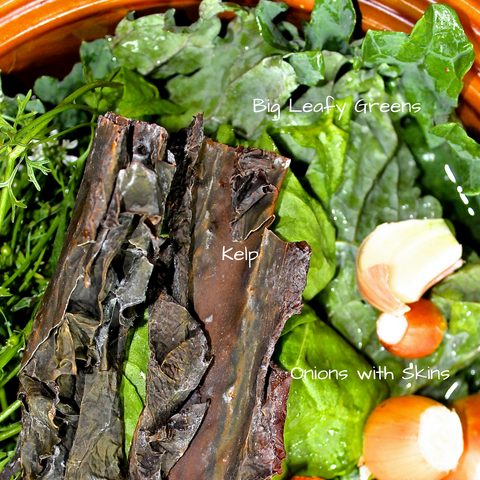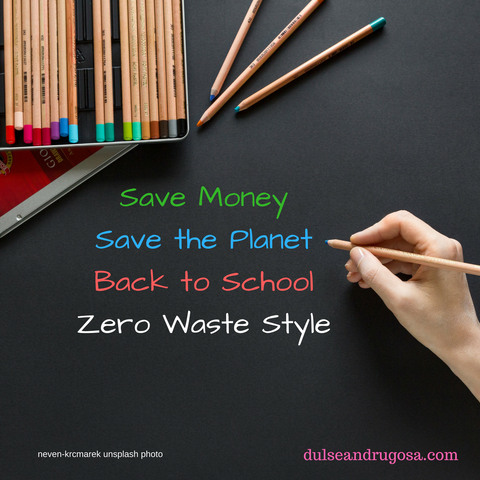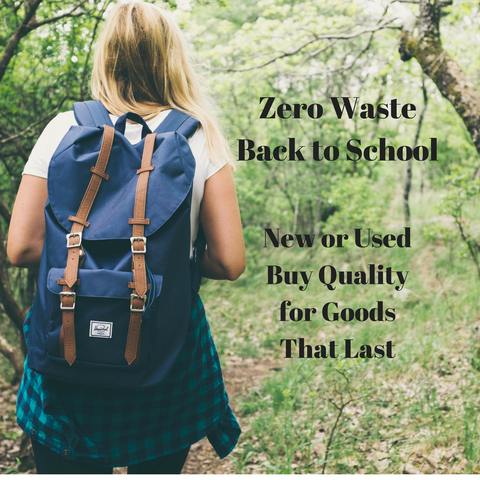Trash Free Trick or Treating
Halloween is coming. I actually love this holiday especially when I was teaching. It's an opportunity to celebrate the season, indulge in goodies and a chance to dress up and pretend.
The problem with all holidays is our enjoyment creates mountains of trash- bags of candy, plastic decorations and tiny toys make a lot of trash.
Here are some ideas to help you put the green into trick or treat bags.
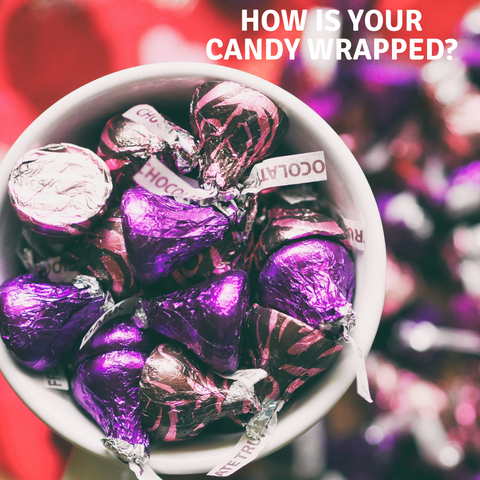
Plastic free candy is a challenge, look for candy wrapped in foil or paper or cardboard boxes. They will be bulk packed in plastic but it is better than handing out plastic wrapped candy.
It's easier to skip the candy and pass out other sorts of treats. My favorite idea is a bowl of nature items including shells, sea glass, acorns and stones. If you live in the city this would be a real novelty for some kids.
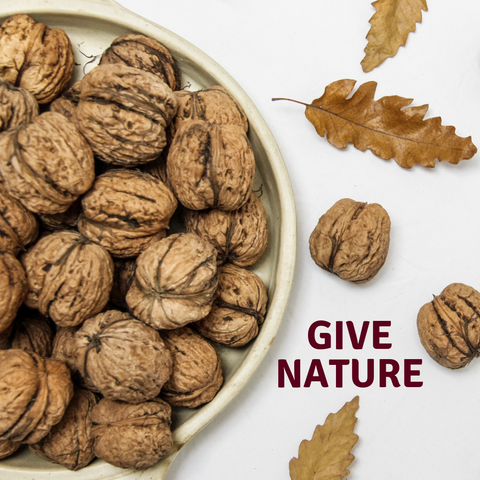
Paper straws are a great treat to help raise awareness about the problems of plastic. Amazon sells boxes of 150-300 and depending on your street a single box could last a few years.
Sidewalk chalk, tiny cookie cutters, pencils, erasers, bandages, magnets, coloring books or printed coloring sheets, remelted crayons all are lower waste treats and last quite a bit longer than candy.

You can also buy an activity card set and hand out one card per child. Your local bookstore or toy shop will have a selection. Expect to pay around $10-12 for a deck of 50 cards.
The website Teachers Pay Teachers has some different printables including Halloween Yoga cards and Halloween PE. Download to make cute books, printable bookmarks are another option. The downloads cost between $3-5 making these a fun and cheap treat.
The materials to make a craft are also nice treats. Friendship bracelets made from embroidery thread are a calming way to end the Halloween frenzy. You can make a kit for each trick or treater and include directions. Here is a link-DIY Printable Friendship Bracelet .
I hope this blogs helps you think about ways to celebrate without making lots of extra trash. Handing out an eco item can help raise awareness about our planet. Let's all work to make Halloween more green.






